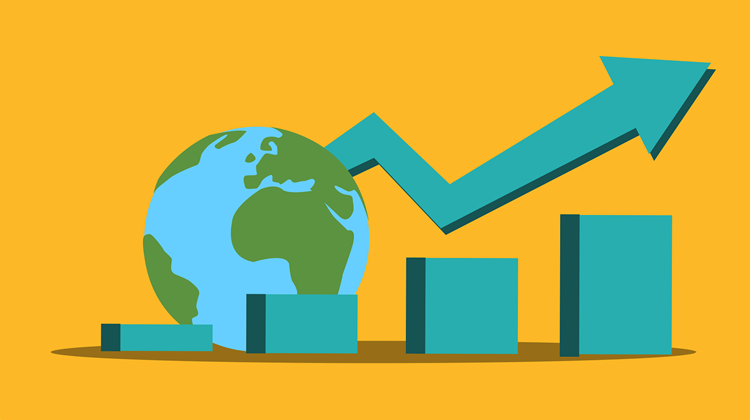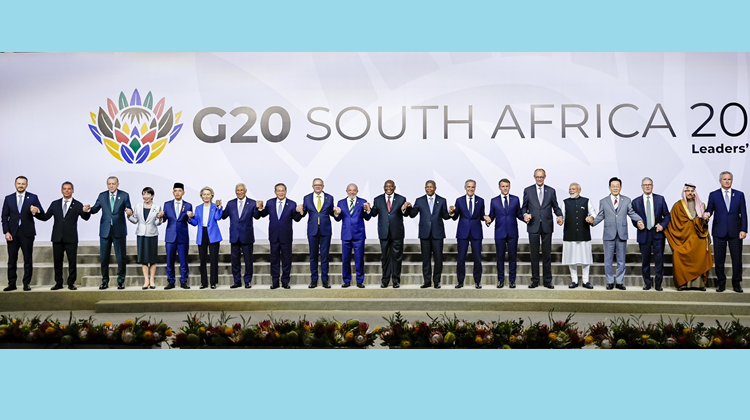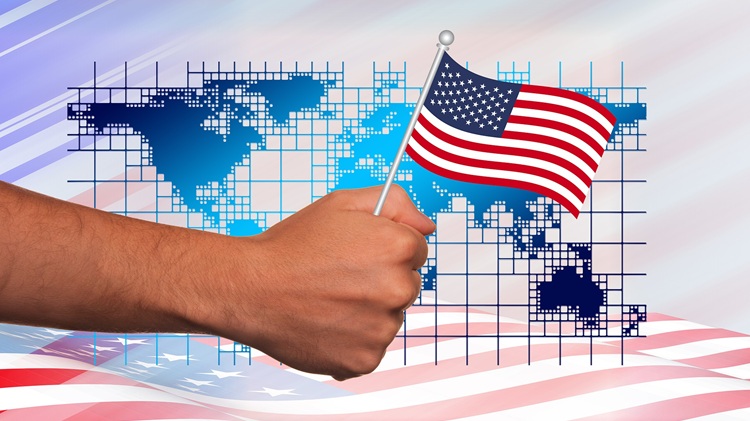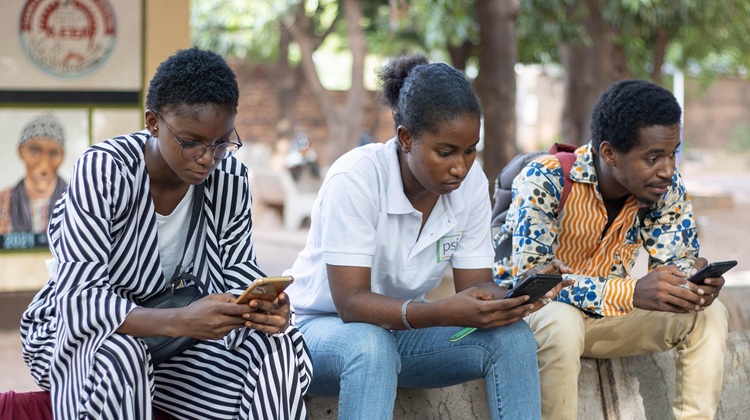Africa has critical minerals but needs a unified strategy
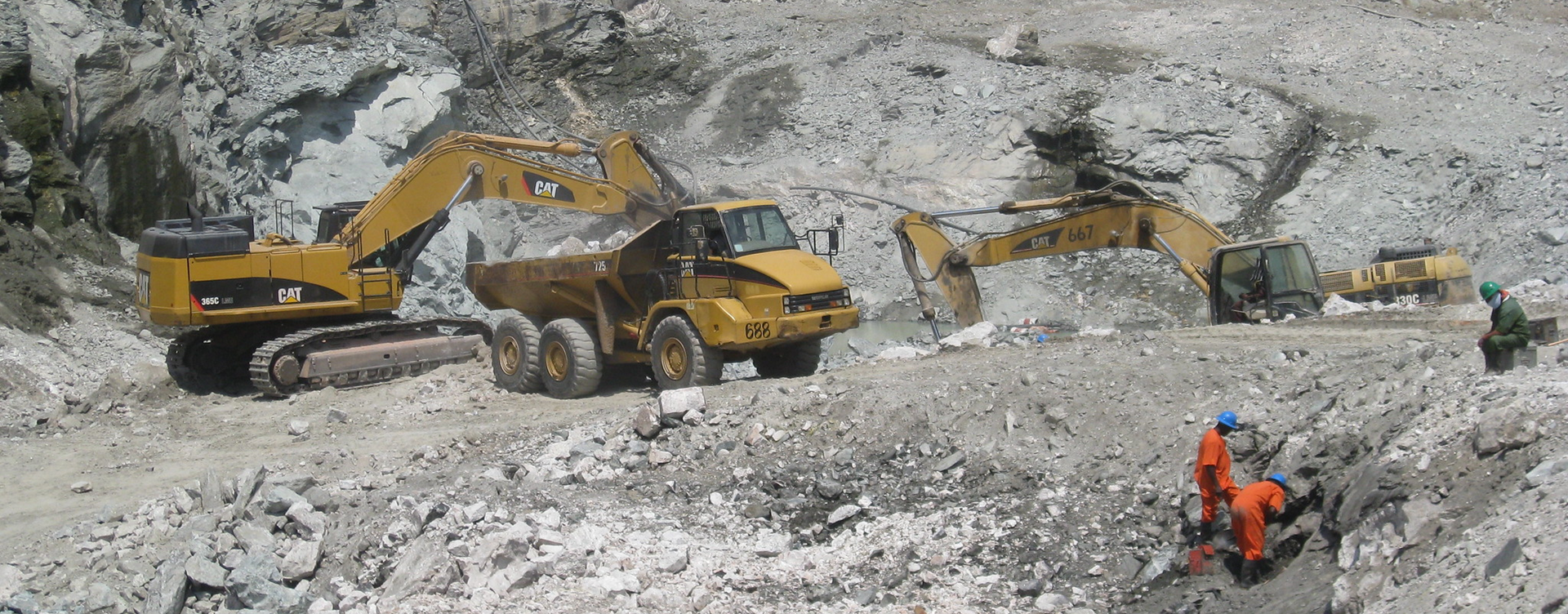
As global powers race for Africa’s minerals, the real challenge is not natural endowments but governance, value addition and speaking with one voice.
Africa holds approximately 30% of the world’s critical mineral reserves. Among them are minerals essential to global defence, aerospace and green energy supply chains, such as titanium, graphite, lithium, beryllium and rare earth elements (REEs). Equally vital are gallium, germanium and silicon, which serve as key inputs for semiconductor manufacturing that underpin the Artificial Intelligence revolution and the rapid growth of global data infrastructure.
Africa’s resource base is both diverse and widespread: cobalt in Central Africa, while lithium, nickel and rare earth elements (REEs) are abundant in Southern Africa. East Africa is also emerging as a significant hub for REEs. For instance, Guinea possesses roughly a quarter of the world's bauxite reserves; South Africa is the world's largest manganese producer; Zimbabwe ranks among the top five globally in lithium deposits; and the Democratic Republic of Congo (DR Congo) accounts for approximately 70% of the world's cobalt mining.
Africa holds approximately 30% of the world’s critical mineral reserves
These proven reserves contrast with the recent high-profile US-Ukraine critical mineral deal, where the accuracy of underlying geological estimates is suspect. African governments need to leverage these verified assets by developing a robust governance framework to position the continent as a dependable supplier of global critical minerals.
Demand for critical minerals is likely to rise significantly over the next decades, particularly due to an accelerated pace in global energy transition, electrification, and digital technologies. According to climate-driven scenario modelling from the International Energy Agency, the global demand for copper could rise by 50% by 2040, while nickel, cobalt and REEs could see their demand double. Lithium demand could even grow eightfold.
Global powers are racing to secure access to these critical minerals. Geopolitical dynamics, such as the US-China trade war, are reshaping investment flows and strategic priorities. Today, the conversation is not only about possessing critical mineral reserves; it is about having a coherent strategy. For Africa, this means defining a long-term vision that integrates mineral value addition, regional integration and assertive policy frameworks to transform mineral endowments into levers of economic and geopolitical influence.
In a notable diplomatic development, the DR Congo has reportedly proposed a Ukraine-style deal to the US, offering access to its vast mineral wealth in return for support in resolving the long-standing conflict in eastern Congo. Such minerals-for-security arrangements may appear mutually beneficial, but come with serious governance risk. If not accompanied by transparency and accountability, they risk further entrenching corruption and triggering instability in fragile states. Overall, African countries have entered into approximately 100 bilateral and multilateral agreements between 2019 and 2023, as assessed by the Africa Policy Research Institute. Many of these agreements, however, vary strongly in the criteria they define and lack transparency and public accessibility. This raises serious concerns from the perspectives of governance, benefit-sharing, human rights, and more.
African countries have entered into approximately 100 bilateral and multilateral agreements between 2019 and 2023, yet coordinated approaches are needed
Transactions of this scale and geopolitical significance must be approached through collective African engagement to enhance bargaining leverage and project a unified continental position. As a result, there is an urgent imperative for the African Union (AU) to formulate a coordinated framework for negotiating and governing investments in critical minerals. At the heart of such a strategy must be value addition, transparent governance, and robust public-private partnerships (PPPs) that secure sustainable benefits for the continent. The recently approved African Green Minerals Strategy (AGMS) by the AU seeks to advance this agenda. It establishes a continent-wide framework to promote mineral beneficiation, enforce responsible mining practices, and align Africa’s vast mineral wealth with its broader ambitions for green industrialisation and sustainable economic transformation. The African Mining Vision (AMV), established in 2009, set out a continental blueprint to ensure mineral wealth contributes to broad-based sustainable development. Yet, the implementation of these frameworks and strategies has been very fragmented among African countries.
In parallel, while the US and China continue to compete for dominance in global critical mineral supply chains, other investors are also accelerating their engagement with Africa. The EU’s Global Gateway Initiative and bilateral arrangements spearheaded by countries like Germany and France reflect this growing strategic interest. This intensifying global competition further underlines the imperative for Africa to speak and negotiate as one. Failing to do that might lead investors opting to partner with other richly endowed countries ramping up their critical minerals production.
Strengthening mineral value addition initiatives could place Africa in the midstream and downstream global supply chains for the green energy transition. However, achieving large-scale value addition requires Africa to overcome persistent hard infrastructure gaps (unreliable energy supply, poor transport and logistics, unstable water supply, and lack of Information and Communication Technology (ICT) infrastructure) and skills bottlenecks. For instance, only 5% of DR Congo’s roads are paved, with the potential to increase to 24% over the next two decades, in an ambitious infrastructure development scenario. Further, DR Congo has one of the lowest rates of electrification globally, which was at 21% in 2022, far below the 36% average of low-income African countries. By 2043, electricity access in DR Congo will increase to 53% of the population, again under ambitious investment interventions.
Achieving large-scale value addition requires Africa to overcome persistent hard infrastructure gaps and skills bottlenecks
Critical mineral partnerships (PPPs), therefore, should be negotiated inclusive of investments in infrastructure, skills development and local research capacity to encourage processing and value-add beyond just extraction, and contribute to enhanced industrial policy. The recently approved South African Critical Minerals Strategy highlights specifically that. Further, African nations need to increase their own investments in infrastructure and build capacity in the mining and processing sectors.
Governance reforms are crucial if Africa is to attract investment from countries with a high sensitivity to corruption and transparency standards, notably across the Global North. Otherwise, the continent risks seeing dependable critical mineral investors shifting to more transparent or strategically aligned countries with greater policy clarity, consistency and industrial readiness.
Africa needs to position itself as a dependable and strategic supplier in global critical mineral value chains. This must go beyond simply diversifying foreign investors’ portfolios. It calls for the development and enforcement of robust policy frameworks that prioritise value addition within the mining sector. Equally essential is the accelerated implementation of the African Continental Free Trade Area (AfCFTA), which can strengthen the continent’s collective bargaining power in global investment negotiations and enhance the emergence of integrated regional value chains. Without a unified vision, regional thinking and a coordinated strategy, Africa risks remaining a mere exporter of natural resources, missing the transformative potential of its mineral wealth to drive sustainable industrial development.
Image: jbdodane/Flickr


